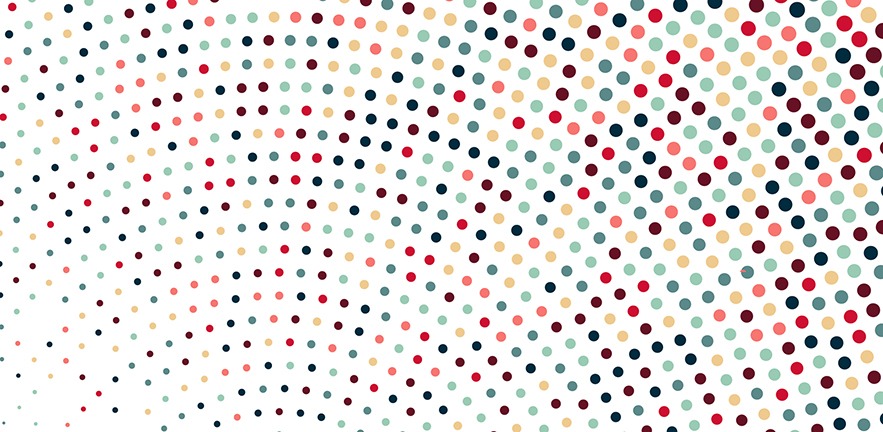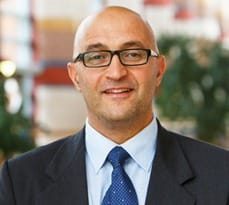Four strategies have emerged in academic studies on the “circular business model”, says article co-authored by Khaled Soufani, Director of the Circular Economy Centre at Cambridge Judge.


The “circular” business model is a relatively new concept in academic literature but four basic strategies have emerged, finds a new review study co-authored by Dr Khaled Soufani, Director of the Circular Economy Centre at Cambridge Judge Business School.
The four strategies relate to “cycling” or the recycling of materials, “extending” the lifespan of materials, “intensifying” the use of items, and “dematerialising” or finding other ways of getting greater use from resources, says the article published in the Journal of Cleaner Production.
By providing an overview of the circular business model along with its framework and definition, the review “paves the way for a common understanding and language that can be used to develop the theoretical concept and a conceptual anchor for the nascent empirical exploration of the field,” says the article.
Co-author Khal Soufani, who is Faculty (Professor level) in Management Practice and Director of the Cambridge Executive MBA at Cambridge Judge, will speak on the topic of “Sustainability, circular economy and impact investing” on the final day of the Cambridge Zero Climate Change Festival, a free online event from 6 November to 13 November.
The journal article examined and revisited 114 definitions in academic literature relating to the circular economy in order to arrive at a new broad definition of the movement: “An economic system in which resource input and waste, emission, and energy leakages are minimised by cycling, extending, intensifying, and dematerialising material and energy loops.” This goal can be achieved through various means including “long-lasting product design, maintenance, repair, reuse, remanufacturing, refurbishing, and recycling.”
The concept of a “circular business model” in academic research dates back only to an article in 2006, though parallel concepts such as “cradle-to-grave” resource use has been the subject of scholarly literature far longer. The circular business model gained traction around 2013 through initiatives of the Ellen MacArthur Foundation and World Economic Forum, and the body of academic literature then quickly grew: from 13 articles in 2016 to 38 in 2017 and 88 in 2018, says the review article.
Here is what the article says in detail about the four strategies that comprise the circular business model:
- Cycling refers to the recycling of materials and energy through reuse, remanufacturing, refurbishing and recycling. For example, decommissioned industrial robots can be reused in smaller enterprises, and their reduced cost can boost productivity through automation.
- Extending the use phase of a product through longer-lasting and timeless design, and marketing the product to suggest longer use phases – such as the famous luxury watch advertisement that says: “You never actually own [this watch]. You merely look after it for the next generation”.
- Intensifying the use phase of a product through solutions such as the sharing economy; for example, sharing a car can reduce idle time and mileage driven per user compared to conventional car ownership.
- Dematerialising refers to providing the utility of a product without hardware through substituting service and software solutions; this can both enhance the customer experience while reducing the number of produced products. An example of this is the rise of cloud-based data storage rather than physical hard drives.
The paper in the Journal of Cleaner Production – entitled “Circular Business Models: A Review” – is co-authored by Martin Geissdoerfer and Khaled Soufani of the Circular Economy Centre at Cambridge Judge Business School, and by Marina P.P. Pieroni and Daniela C.A. Pigosso of the Technical University of Denmark Department of Mechanical Engineering.

